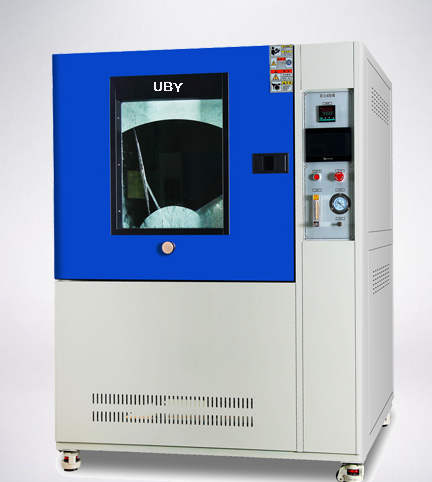Firstly, temperature uniformity: refers to the maximum difference between the average temperature values of any two points in the workspace at any time interval after the temperature has stabilized. This indicator is more suitable for assessing the core technology of the industry than the temperature deviation indicator below, so many companies deliberately hide this item in the manuals and technical solutions of dust test boxes.
Fourth, temperature range: refers to the maximum temperature that industrial studios can tolerate and/or reach. It usually contains the concept of being able to control a constant, and its equipment should be an extreme value that can operate stably for a relatively long time. The general temperature range includes extreme high temperature and extreme low temperature.
Fifth, the temperature fluctuation index, also known as temperature stability, refers to the difference between the highest and lowest temperatures at any point in the working space of the dustproof test box within a given time interval after controlling the temperature stability. There is a small difference here: "workspace" is not "studio", it is a space approximately 1/10 of the length of each side of the studio removed from the box wall. This indicator assesses the control technology of the industry. The above are all the contents of sharing the temperature indicators of the dustproof test box with everyone.
Secondly, temperature deviation: After the temperature is stable, the difference between the average temperature at the center of the equipment workspace and the average temperature at other points in the workspace at any time interval. Although the new and old standards have the same definition and title for this indicator, the testing has changed. The new standards are more practical and demanding, but the assessment time is shorter.
Thirdly, the temperature change rate of the dustproof test box: This is an indicator to assess the industrial configuration capacity, and the forms provided by manufacturers are also diverse, including temperature rise and fall speed, temperature rise and fall time, heating and cooling capacity, etc. The temperature rise and fall range is also not unified.

Post time: Nov-28-2023

